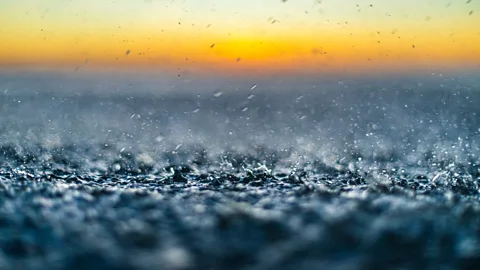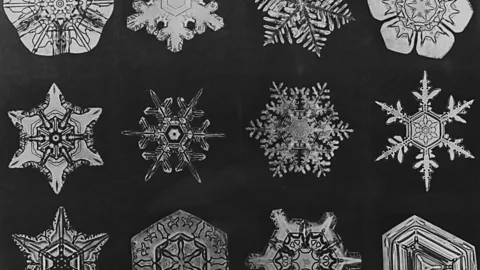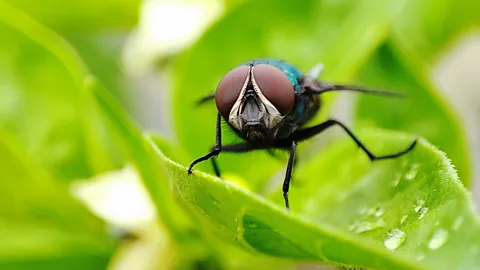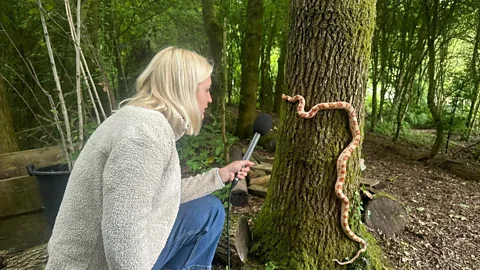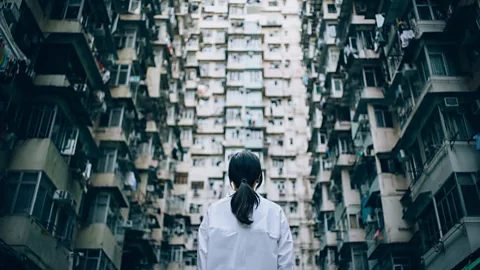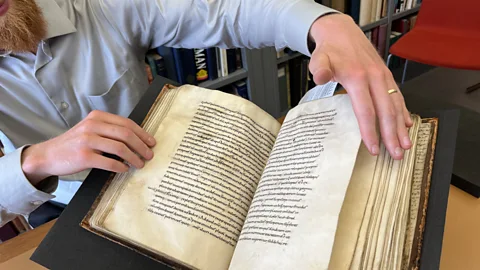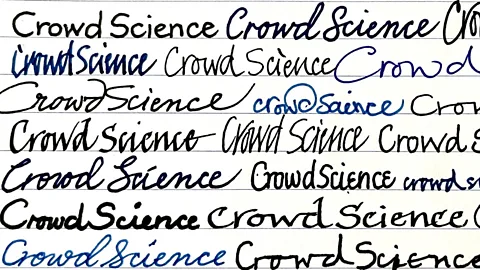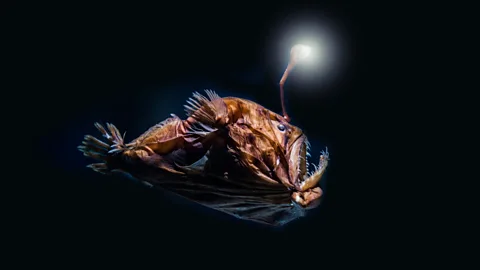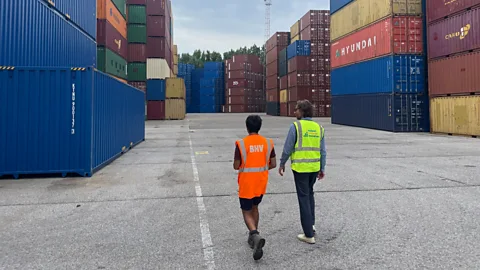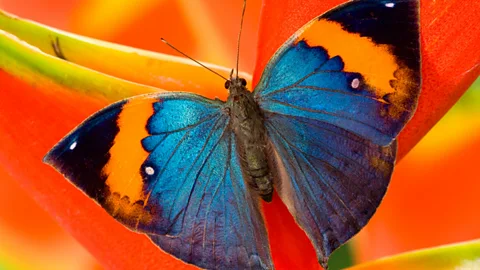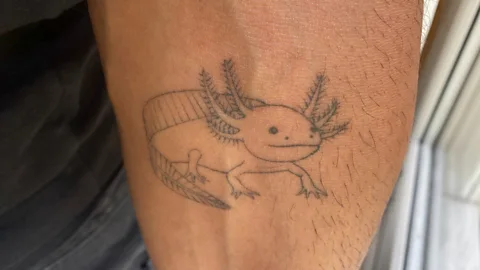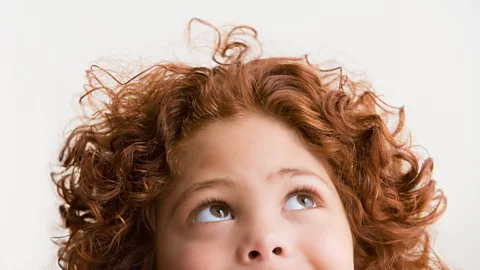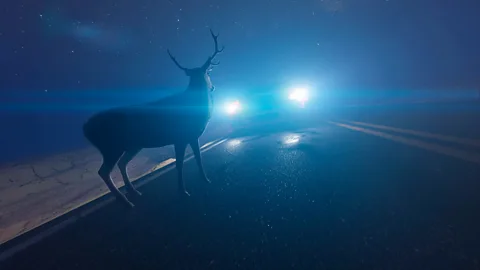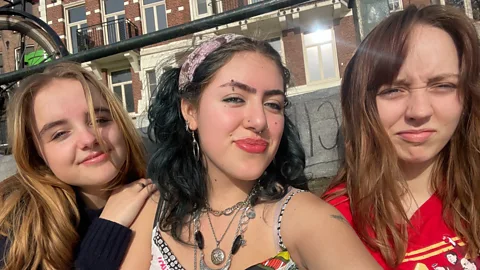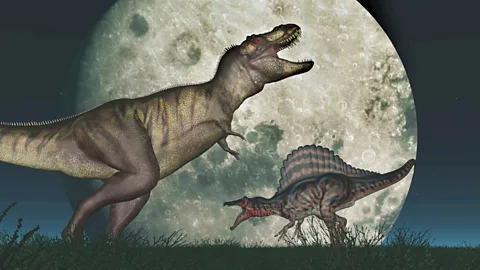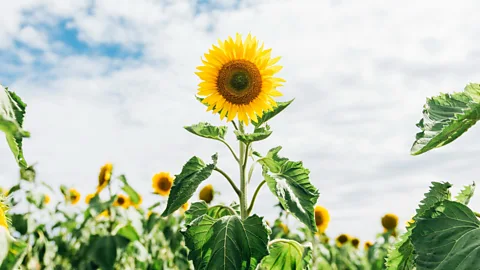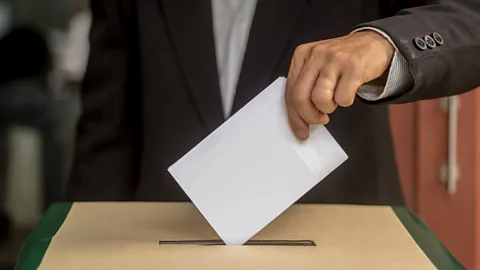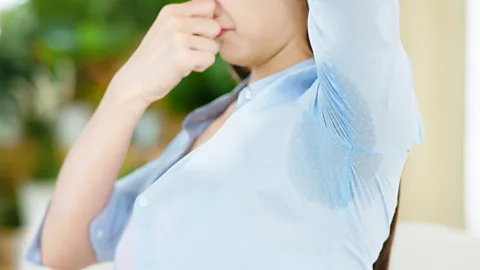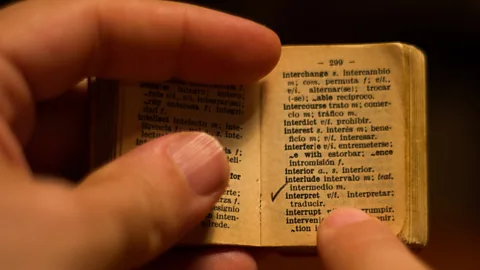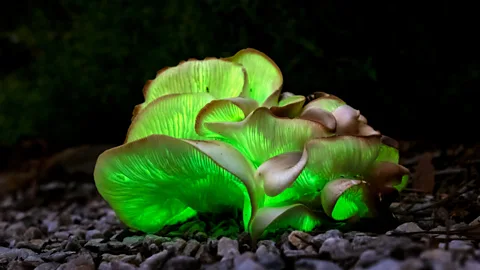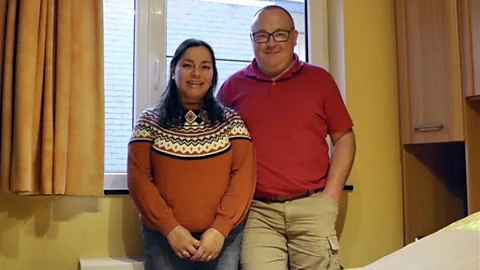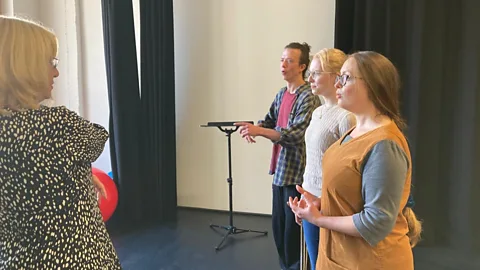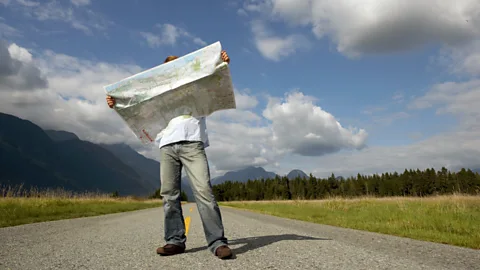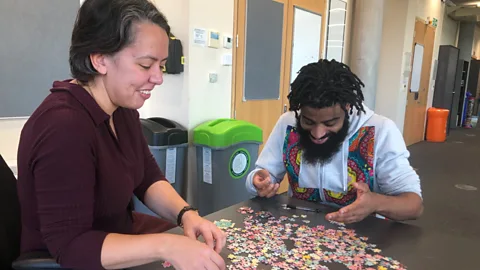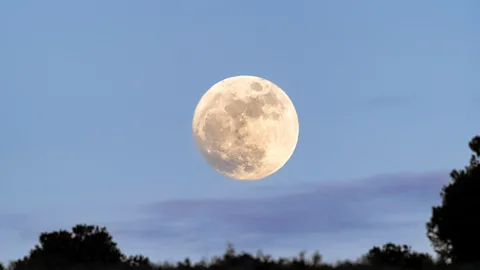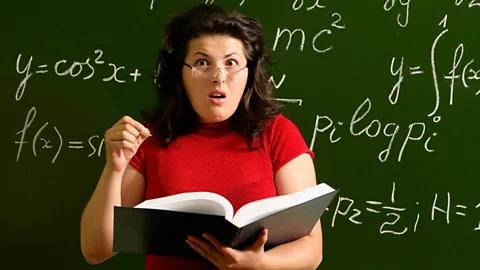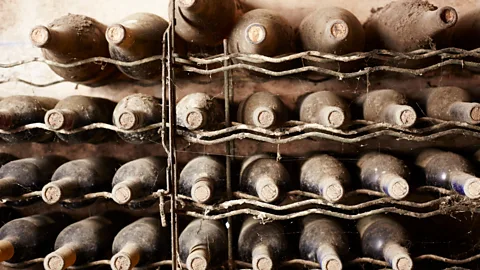
CrowdScience
CrowdScience
Why does wine taste better over time?
Up next
May 31, 2024
30 minutes
Available for over a year
It’s often said that fine wine gets better with time, and this week’s oenophile listener Jeremy has a cellar full of dust-covered bottles. He is curious whether chemistry can for the range of flavours that develop as wine matures, but also wonders why some of it tastes like vinegar if you leave it too long?
We head off to the Bordeaux region of , where vines were planted almost 2,000 years ago. Here, winemakers are ing forces with scientists to better understand wine ageing, a process so subtle and intricate that even the scientists refer to it as magic.
In the world-famous vineyards of Chateau Margaux, presenter Marnie Chesterton learns that the key ingredient for good grapes is a sandy soil type; and that in this part of , the warming climate is actually having a positive effect on the vines, which need very little water to thrive. Over in the lab, we meet the chemist mapping the molecules responsible for aromas associated with a well-aged Bordeaux.
Featuring:
Philippe Bascaules, Chateau Margaux
Prof Cornelis van Leeuwen, Bordeaux Sciences Agro
Dr Stephanie Marchand-Marion, ISVV
Alexandre Pons, ISVV
Presented by Marnie Chesterton
Producer – Marijke Peters
Editor – Cathy Edwards
Production Co-ordinator – Liz Tuohy
Studio Manager – Sarah Hockley
(Photo: Aged bottles on wine racks in a cellar. Credit: Morsa Images/Getty Images)

